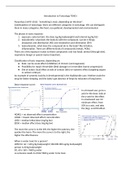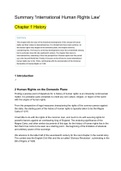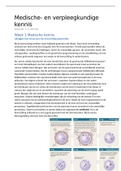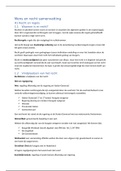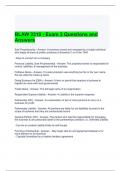Samenvatting
Summary Toxicology P3 van TOX01-TOX11
alle hoorcolleges van het van toxicology samengevat. Deze bundel bevat alles van TOX1 tm TOX11. Na het lezen van samenvatting is het niet meer nodig de HC te kijken. Volledig uitgebreid met plaatjes van de stof.
[Meer zien]
